Monthly Archives: September 2024
SOURCE: IDRW.ORG TEAM

Delhi-based Indian defense firm Bhumi Entech has developed a groundbreaking mobile Anti-ARM (Anti-Radiation Missile) decoy system to safeguard critical radars from enemy attacks. The system has already been successfully inducted into the Indian Air Force (IAF) following rigorous trials, demonstrating its effectiveness in countering threats posed by anti-radiation missiles.
The Mini-Truck based Anti-ARM Decoy system is designed to emit a strong electromagnetic signal that mimics the radar’s signature, thereby deceiving incoming anti-radiation missiles. By attracting the missile away from the actual radar, the decoy system protects the vital asset from destruction.
Continue readingSOURCE: IDRW.ORG TEAM
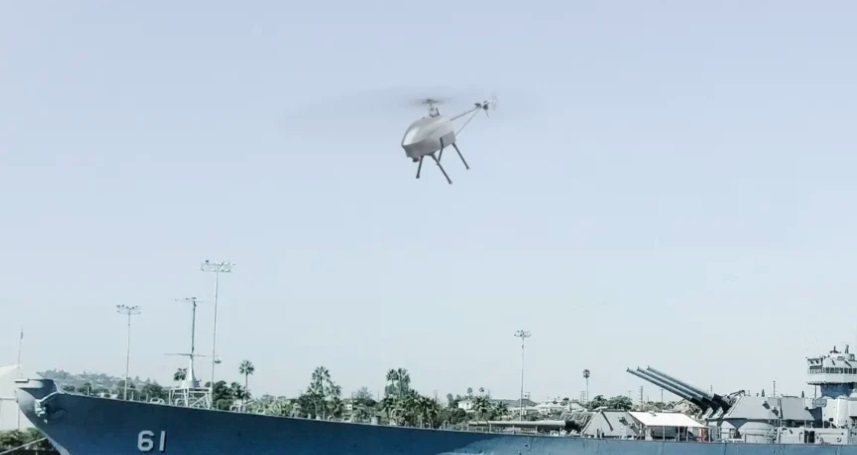
EndureAir, an innovative company incubated at the Indian Institute of Technology (IIT) Kanpur, has announced the development of its latest technological breakthrough, the E-Vibhram. This advanced electric-powered UAV is an evolution of the Vibhram family, designed to meet a wide range of operational needs with its high-endurance and multi-role capabilities.
E-Vibhram represents a significant leap in UAV technology, offering a fully electric alternative to traditional helicopter designs. This novel electric UAV is engineered to operate effectively in all weather conditions, making it versatile for various applications, including maritime operations from naval warships.
Continue readingSOURCE: RAUNAK KUNDE / NEWS BEAT / IDRW.ORG

In a recent interview, Dr Samir V Kamat, Chairman of the Defence Research and Development Organisation (DRDO), announced significant advancements in the development of the DRDO-L&T Zorawar Light Tank. He confirmed that the tank will feature a locally developed 105mm cannon, replacing the Cockerill 105mm High Pressure (HP) cannon that was showcased in the prototype. This move underscores India’s push for indigenization in its defence projects.
Dr. Kamat emphasized that by the time the Zorawar Light Tank reaches the production stage, even more imported systems will be replaced with locally developed alternatives. One such development is the Cummins 750hp engine that powers the tank. The engine will see local production in India, courtesy of the Indian subsidiary of Cummins, further reducing dependence on foreign suppliers.
Continue readingSOURCE: RAUNAK KUNDE / NEWS BEAT / IDRW.ORG

A significant milestone has been achieved in India’s Indigenous defence manufacturing as the DRDO-L&T-developed Composite Combat Infantry Vehicle (CCIV) has completed its internal trials. This cutting-edge armoured vehicle is now poised to compete for the Indian Army’s highly anticipated Futuristic Infantry Combat Vehicle (FICV) contract.
The CCIV stands out for its impressive weight-to-power ratio. Despite being equipped with a formidable arsenal including a 30mm automatic cannon, a coaxial machine gun, and a remotely operated weapon station with a 12.7mm machine gun, the vehicle maintains a remarkably low weight of under 18 tons. This is primarily attributed to the extensive use of high-performance composite materials in its construction.
Continue readingSOURCE: RAUNAK KUNDE / NEWS BEAT / IDRW.ORG

G. Ramamohana Rao, Director of the Vehicles Research and Development Establishment (VRDE), recently announced significant advancements in the development of the WhAP 8×8 Amphibious Wheeled Armoured Vehicle. Rao highlighted that VRDE is aiming to increase the indigenous content of the WhAP to over 80% in its next iteration, with plans to further raise this to 85-90% within the next 18 months, just before the vehicle enters full-scale production.
The DRDO has already unveiled the second-generation Wheeled Armoured Platform (WhAP), which features a host of improvements over its predecessor. According to Rao, the Indian Army, which has taken delivery of 18 first-generation WhAP 8×8 vehicles, has expressed complete satisfaction with their performance.
Continue readingSOURCE: IDRW.ORG TEAM
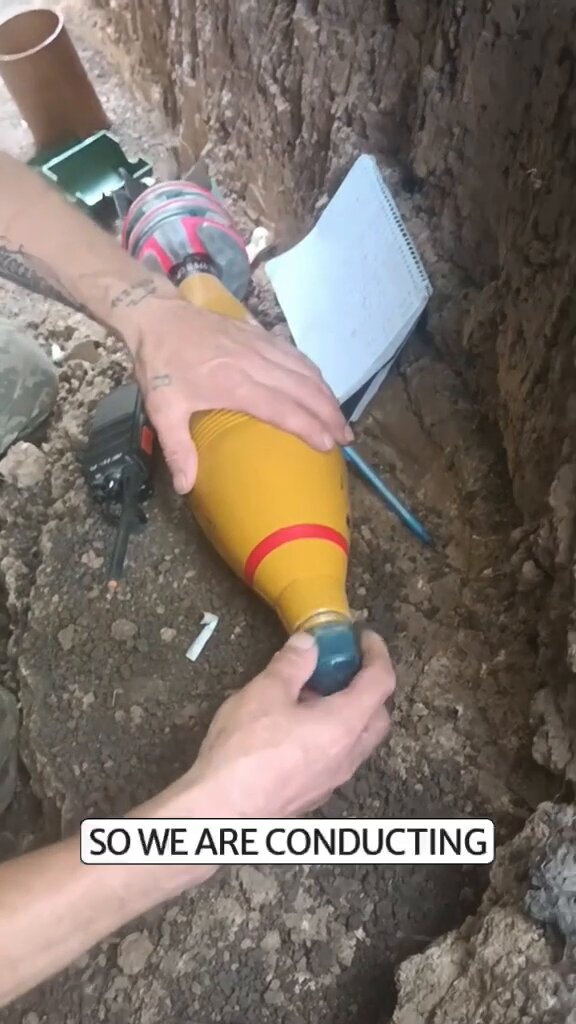
In a significant development, the Czech Republic has committed to procuring more ammunition from India to support Ukraine in its ongoing conflict with Russia. The announcement follows the successful delivery of Indian-made 125mm HE shells and 20mm mortars to Ukraine from Czech Republic in June.
Earlier this year, India exported a 50,000 of 125mm HE shells and 80,000 120mm mortars to the Czech Republic as part of a defense deal. The Czech Republic has now expressed its intention to increase these orders, leveraging funds from the frozen Russian assets held by the European Union.
Continue readingSOURCE: IDRW.ORG TEAM

The Indian Navy is poised to finalize a significant deal with the US-based company HawkEye 360, a leader in geospatial analytics, as part of the broader QUAD Indo-Pacific Partnership for Maritime Domain Awareness (IPMDA). This collaboration marks a crucial step in bolstering the Indian Navy’s capabilities to monitor and secure the vast and strategically important Indo-Pacific region.
HawkEye 360 is a commercial operator of remote-sensing satellites, known for its cutting-edge technology in detecting, characterizing, and geolocating radio frequency (RF) signals. These signals are emitted by various electronic devices used in communication, navigation, and security systems, making HawkEye 360’s capabilities vital for monitoring maritime activities.
Continue readingSOURCE: RAUNAK KUNDE / NEWS BEAT / IDRW.ORG
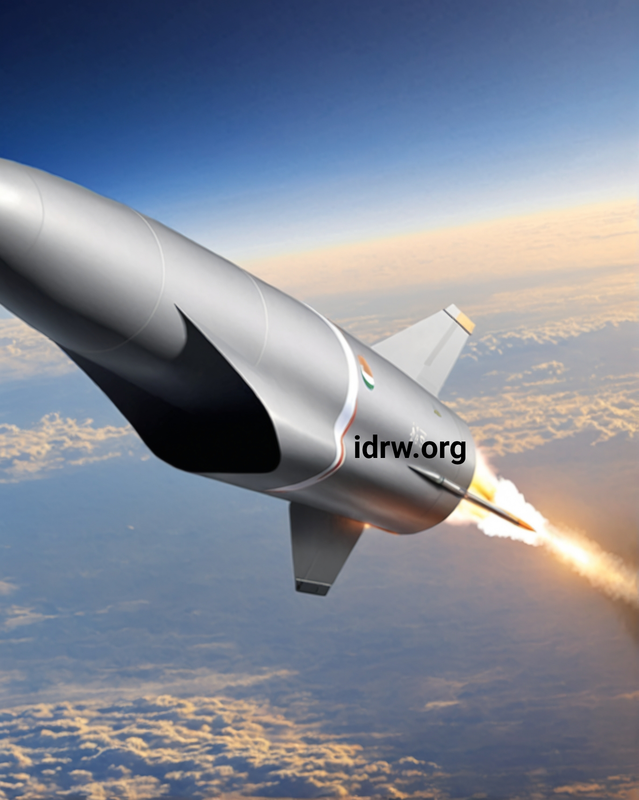
In a recent interview, Dr. Samir V Kamat, Chairman of the Defence Research and Development Organisation (DRDO), provided key updates on India’s advancements in hypersonic missile technology. Kamat revealed that DRDO’s Hypersonic Glide missile is expected to be ready within the next 3-4 years, encompassing both the completion of its development and its induction into the armed forces.
This significant progress marks a major milestone in India’s defence capabilities, as hypersonic missiles offer unparalleled speed and manoeuvrability, making them a formidable asset on the battlefield. Once operational, the Hypersonic Glide missile will further enhance India’s strategic deterrence and defence posture.
Continue readingSOURCE: RAUNAK KUNDE / NEWS BEAT / IDRW.ORG

Hindustan Aeronautics Limited (HAL) after securing deliveries of eight GE F-414 engines. HAL is planning to procure additional engines directly from General Electric (GE) to ensure that the developmental trials of the Tejas MkII, scheduled to begin in March 2026, remain on track.
While the initial batch of eight F-414 engines is already in HAL’s possession, the company recognizes the importance of having a sufficient stockpile of engines to support the extensive testing and trials that lie ahead. To this end, HAL plans to acquire an additional 12-20 engines directly from GE. These engines will be kept as reserves, ensuring that the Tejas MkII program can proceed without delays, even in the event of engine-related issues during the developmental phase.
Continue readingSOURCE: RAUNAK KUNDE / NEWS BEAT / IDRW.ORG
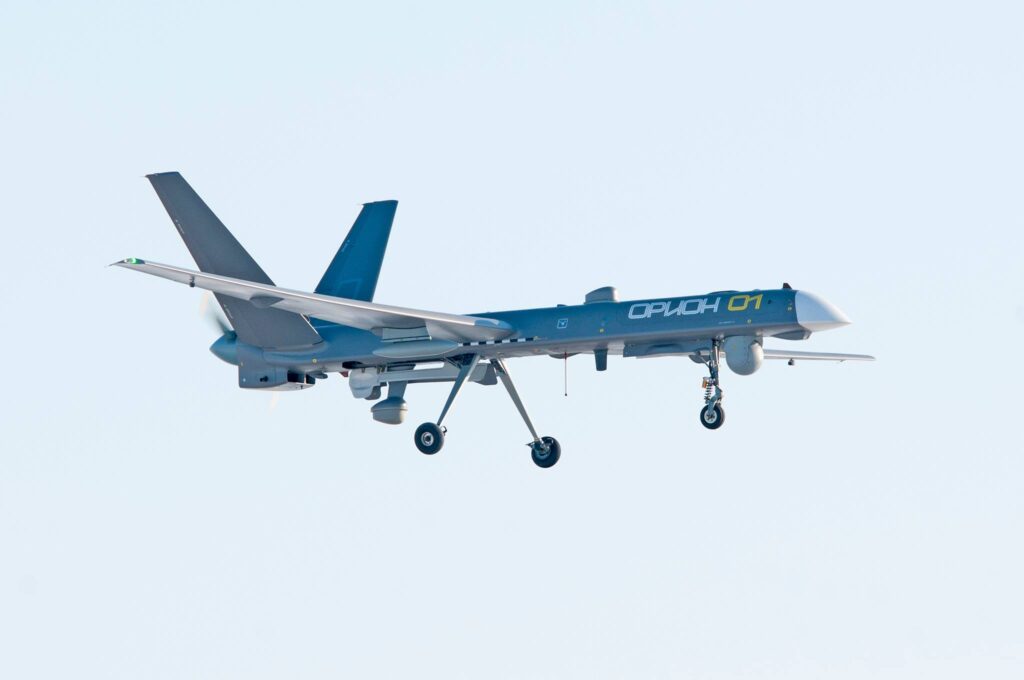
Russia has expressed its intent to participate in India’s ambitious plan to procure 76 Medium-Altitude Long-Endurance (MALE) Unmanned Aerial Vehicles (UAVs) for the tri-services. To this end, the country is offering its advanced Orion-E drone for consideration.
In a strategic move to deepen defence cooperation, Russia is proposing a joint venture with an Indian defence company to manufacture the Orion-E domestically. This partnership aims to achieve a high localization rate of nearly 80%, aligning with India’s ‘Make in India’ initiative.
Continue readingSOURCE: IDRW.ORG TEAM

The long-awaited IJT-36 Sitara trainer aircraft, developed by Hindustan Aeronautics Limited (HAL), continues to be a source of both hope and frustration for the Indian Air Force (IAF). While HAL claims to be nearing the end of the development phase, the program has faced significant delays and setbacks over its two-decade-long journey.
Initially envisioned as a replacement for the aging Kiran Mk II, the Sitara has encountered numerous hurdles, including critical design flaws that necessitated major modifications to the tail and undercarriage sections. These issues resulted in failed spin tests, a crucial parameter for any trainer aircraft.
Continue readingSOURCE: IDRW.ORG TEAM
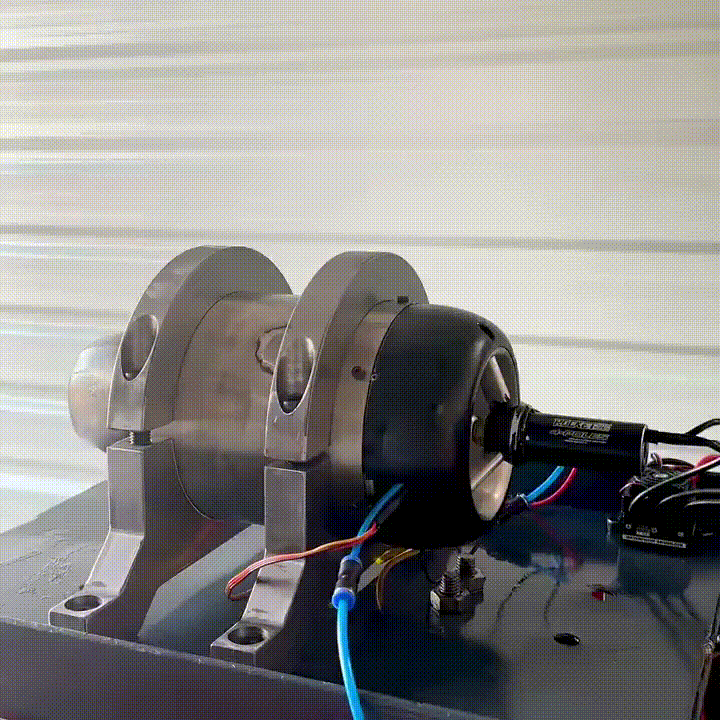
Indian aerospace startup, DG Propulsion Private Limited (DPPL), has announced that its DG J40 jet engine is in the final stages of production. The company’s Director, Prateek Dhawan, confirmed that the engines are currently undergoing final tuning and are ready for mass production. While DPPL is eager to showcase the engine’s capabilities, customer confidentiality restrictions prevent them from publicly displaying specific applications at this time.
This development comes on the heels of DPPL’s recent selection as an iDEX winner, a significant milestone that will see the DG J40 powering high-speed Unmanned Aerial Vehicles (UAVs). The engine’s performance and reliability have garnered significant attention, positioning DPPL as a key player in India’s growing aerospace and defense sector.
Continue readingSOURCE: RAUNAK KUNDE / NEWS BEAT / IDRW.ORG
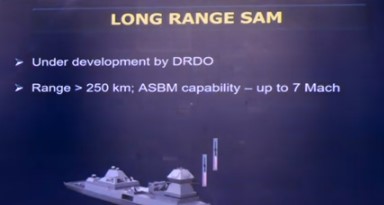
The Indian Navy has recently disclosed new information regarding its upcoming PGLRSAM interceptor missile system, currently under development by the Defence Research and Development Organisation (DRDO). This next-generation missile system is set to significantly enhance the naval air defence capabilities of the Indian Navy’s frontline warships.
The PGLRSAM interceptor missile is projected to have a range exceeding 250 kilometers, more than double the range of the existing MR-SAM (Medium Range Surface-to-Air Missile) interceptor, which is deployed on Indian warships and has a range of 90-100 kilometers. This substantial increase in range will provide the Indian Navy with a broader operational envelope to engage aerial threats at greater distances, thus enhancing the overall defence perimeter of its vessels.
Continue readingSOURCE: RAUNAK KUNDE / NEWS BEAT / IDRW.ORG
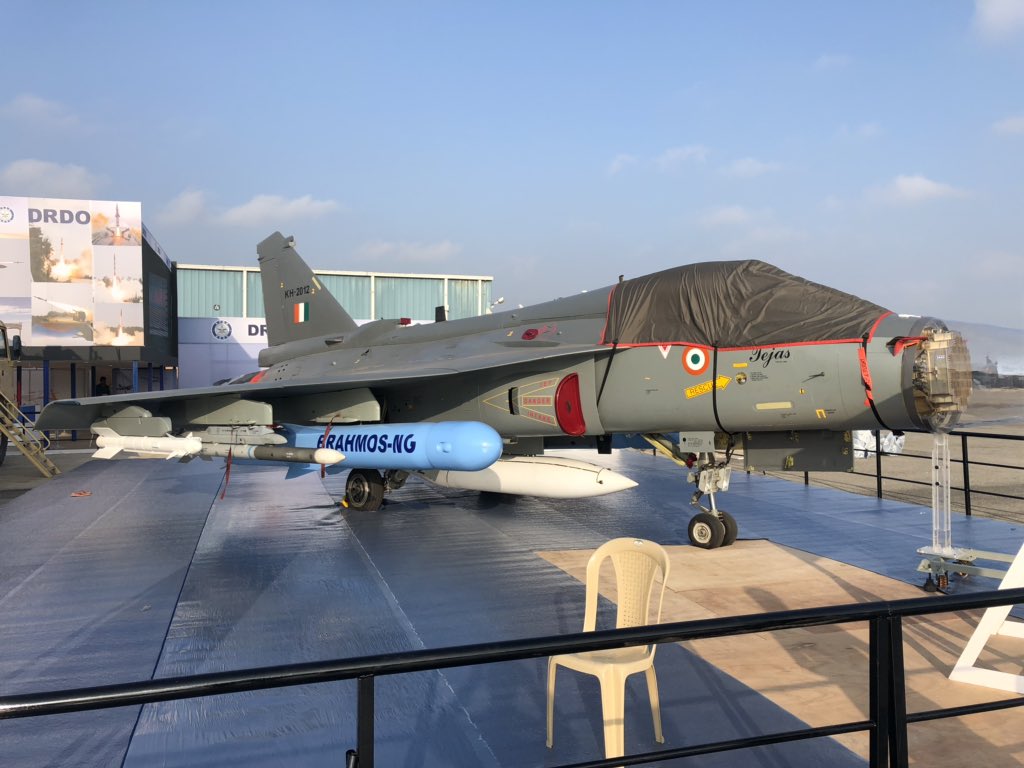
India has submitted a bid for the Philippines’ tender to acquire 40 fighter jets, offering its Light Combat Aircraft (LCA)-Tejas Mk1A. The deal is estimated to be worth between $5.3 billion and $7.1 billion.
The Philippines is seeking “faster and more lethal” multi-role jet fighters to complement its existing fleet of South Korean FA-50s. The government aims to award the tender as soon as possible, provided that their financial requirements are met.
Continue readingSOURCE: RAUNAK KUNDE / NEWS BEAT / IDRW.ORG

India’s Ministry of Aviation is exploring the potential to convert military aircraft designs for use in the civilian aviation sector. This move could boost domestic aircraft production and contribute to the expansion of regional air travel under the UDAN scheme.
Aviation Minister Kinjarapu Ram Mohan Naidu hinted at this initiative, suggesting that a civilian variant of the C-295M transport aircraft might be developed. Notably, Tata-Airbus is set to manufacture the C-295M for the Indian Air Force (IAF) in Gujarat.
Continue reading